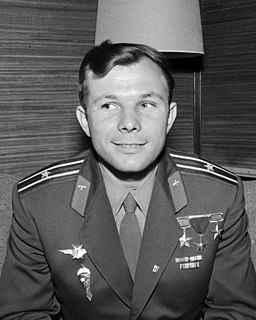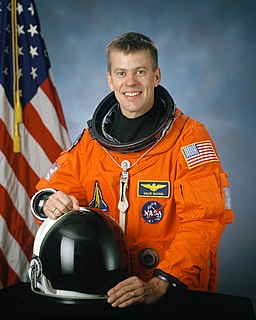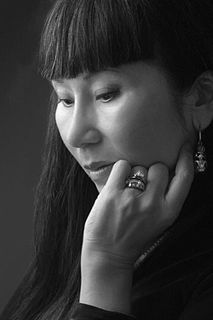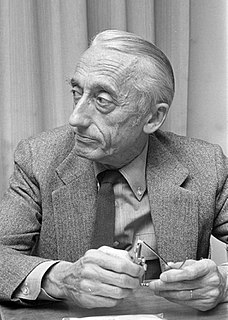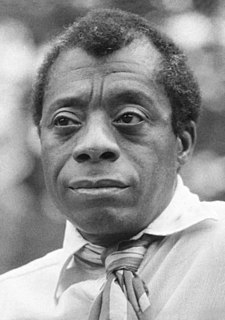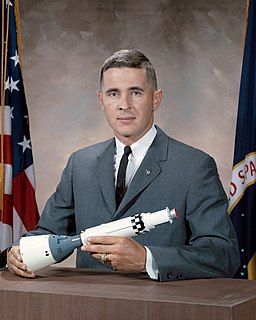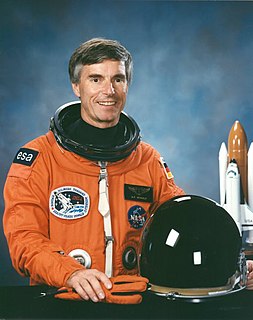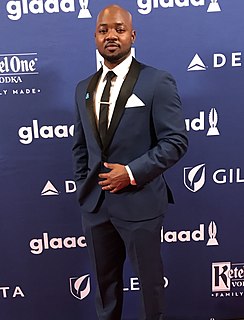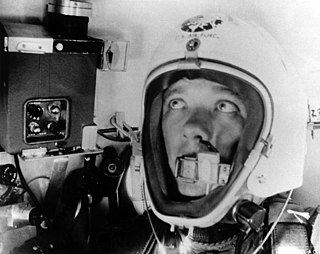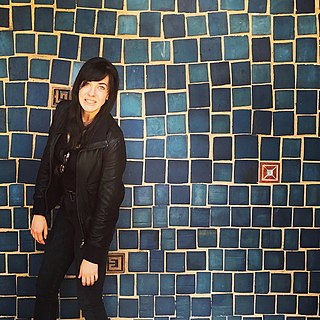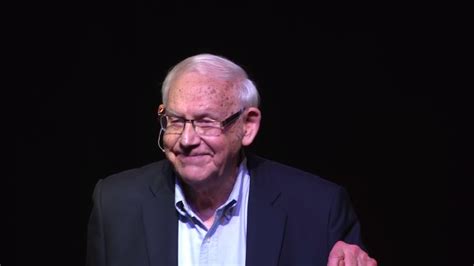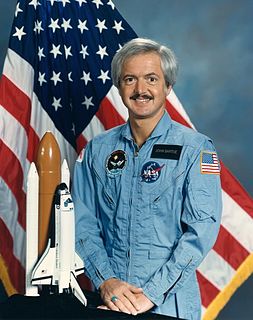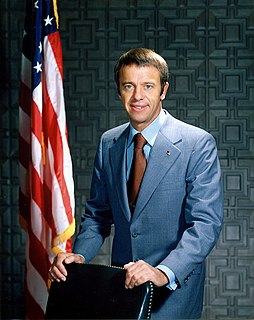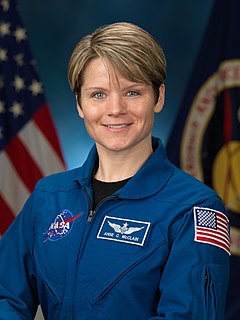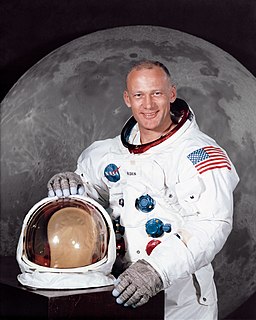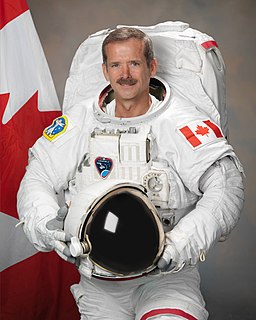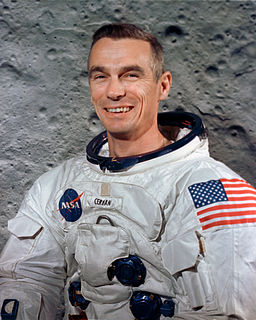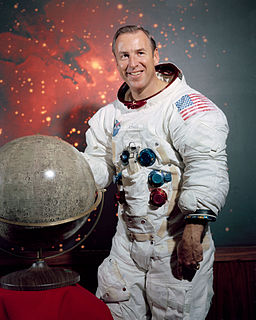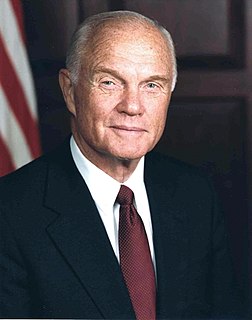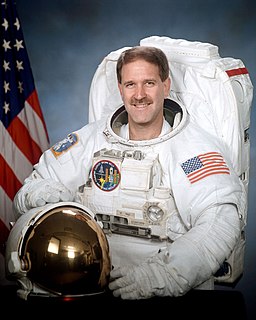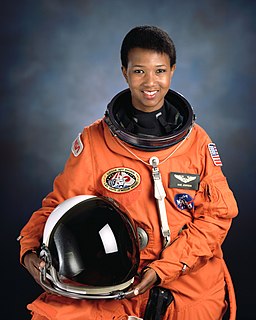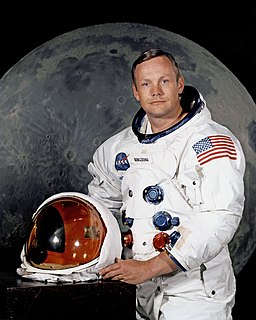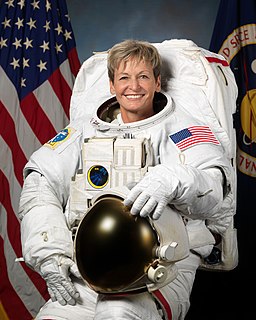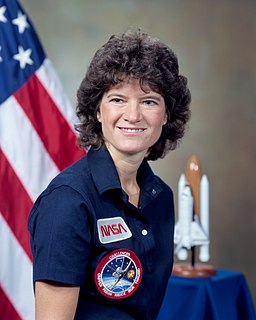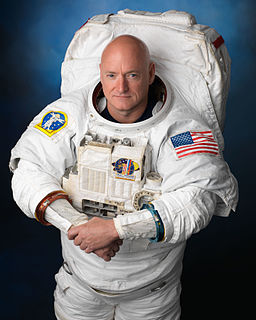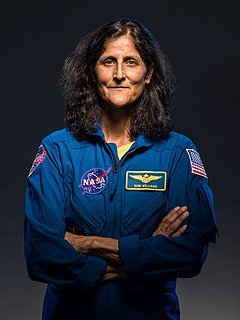A Quote by Yuri Gagarin
I saw for the first time the earth's shape. I could easily see the shores of continents, islands, great rivers, folds of the terrain, large bodies of water. The horizon is dark blue, smoothly turning to black. . . the feelings which filled me I can express with one word-joy.
Related Quotes
What beauty. I saw clouds and their light shadows on the distant dear earth.... The water looked like darkish, slightly gleaming spots.... When I watched the horizon, I saw the abrupt, contrasting transition from the earth's light-colored surface to the absolutely black sky. I enjoyed the rich color spectrum of the earth. It is surrounded by a light blue aureole that gradually darkens, becoming turquiose, dark blue, violet, and finally coal black.
The colors are stunning. In a single view, I see - looking out at the edge of the earth: red at the horizon line, blending to orange and yellow, followed by a thin white line, then light blue, gradually turning to dark blue and various gradually darker shades of gray, then black and a million stars above. It's breathtaking.
The large shiny black forehead of the first whale was no more than two yards from us when it sank beneath the surface of the water, then we saw the huge blue-black bulk glide quietly under the raft right beneath our feet. It lay there for some time, dark and motionless, and we held our breath as we looked down on the gigantic curved back of a mammal a good deal longer than the raft.
What is true about a person? Would I change in the same way the river changes color but still be the same person?... And then I realized it was the first time I could see the power of the wind. I couldn't see the wind itself, but I could see it carried water that filled the rivers and shaped the countryside.
I remember standing on a street corner with the black painter Beauford Delaney down in the Village, waiting for the light to change, and he pointed down and said, 'Look.' I looked and all I saw was water. And he said, 'Look again,' which I did, and I saw oil on the water and the city reflected in the puddle. It was a great revelation to me. I can't explain it. He taught me how to see, and how to trust what I saw. Painters have often taught writers how to see. And once you've had that experience, you see differently.
I think the thing that impressed me the most was the Lunar's sunrises and sunsets. These in particular bring out the stark nature of the terrain. . . . The horizon here is very, very stark, the sky is pitch black and the earth, or the moon rather, excuse me, is quite light, and the contrast between the sky and the moon is a vivid dark line.
When I met my first savant in 1962, I was impressed by the abilities in these youngsters who had severe disabilities. They appeared to me to be islands of genius in the sea of disability. So I've maintained that word picture since that time, of these islands of genius that are so striking and so jarring when you see them, especially in people who have severe disability.
As I looked down, I saw a large river meandering slowly along for miles, passing from one country to another without stopping. I also saw huge forests, extending along several borders. And I watched the extent of one ocean touch the shores of separate continents. Two words leaped to mind as I looked down on all this: commonality and interdependence. We are one world.
For black people who are really dark - and a lot of black people were averse to be dark skinned - it was believed that you'd be so dark that you couldn't see them at night unless they were smiling or you could see the whites of their eyes. At one time, it was a sharp comic barb that got levelled at some people.
